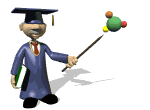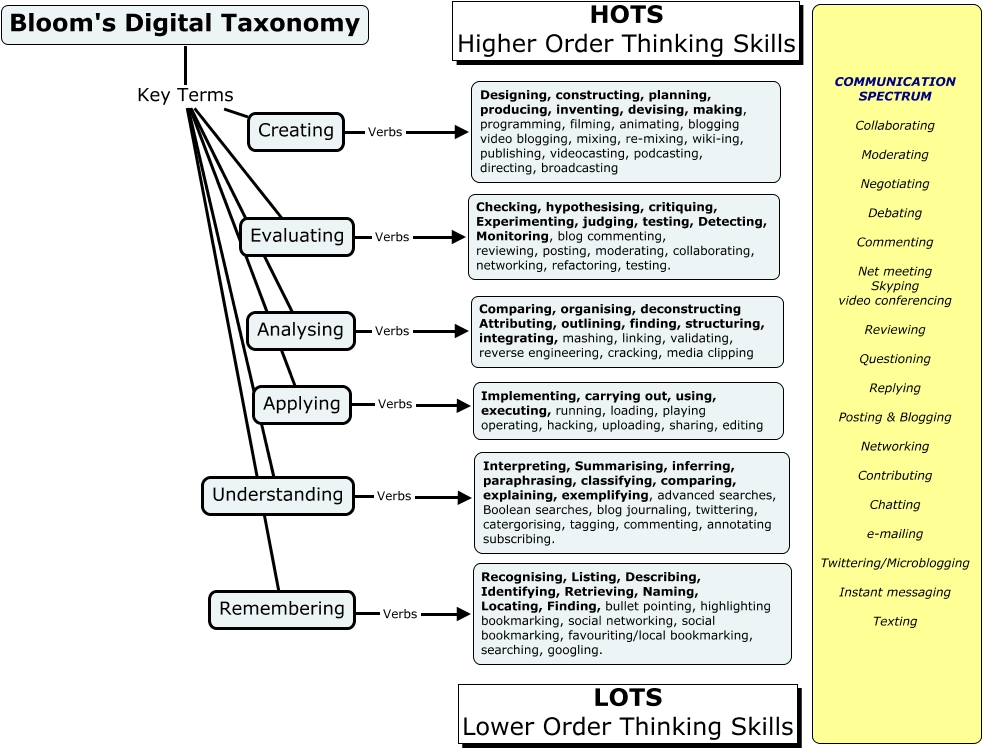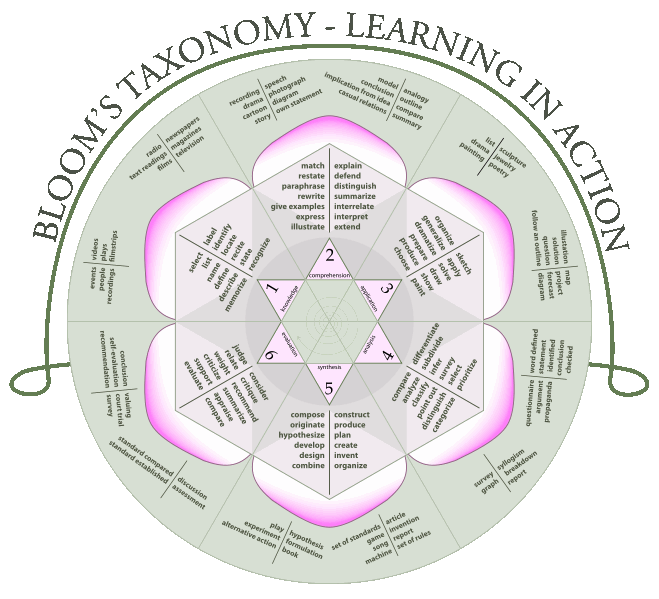Bloom's
taxon of cognitive domains


Bloom's Taxonomy was created between 1948 and 1956 under the leadership of educational psychologist Dr. Benjamin Bloom.
Bloom had in mind the necessity of sequentially ordering tasks or skills to promote effective forms of thinking in higher education.
He and others have used such a scheme to promote demonstrations in the classroom of improving one's abilities such as analyzing, or evaluating in order to promote critical thinking, rational discourse, and better judgment of discoveries.
thinking skills (new taxonomy) | deep learning | translating terms | digitally related | iterative wheel of knowledge
warning
Thinking skills: "knowledge, comprehension, application, analysis, synthesis or evaluation & creation."
| descriptions |
Chart |
 |
 |
| |
Bloom's taxonomy as a keystone. |
Bloom's taxonomy examined.
Next
thinking skills (new taxonomy) | deep learning | translating terms | digitally related | iterative wheel of knowledge
 Victor Frankl, author of Man's Search for Meaning, had argued that there is an analogy to be made between flying and learning that may bring the taxonomy of the mind into a more starkly memorable form. To fly accurately and safely one must employ a gyroscope, so that either of Bloom's taxonomies of learning may be thought of as a device employed in a corrective capacity.
Victor Frankl, author of Man's Search for Meaning, had argued that there is an analogy to be made between flying and learning that may bring the taxonomy of the mind into a more starkly memorable form. To fly accurately and safely one must employ a gyroscope, so that either of Bloom's taxonomies of learning may be thought of as a device employed in a corrective capacity.
A clarity of thought, so organized as to reflect the means of evaluating concepts & ideas.
| |
|
| What do these related
skill-related domains achieve for our approach? |
| |
|
| I. Two ways to discern details are: |
 |
| |
| |
| A. explicitly, explicit exactly as it
says; the surface meaning |
verbatim, word for word |
| |
| |
| |
| B. implicitly, implicit |
| how it might
mean something else, |
| infer, "reading between the lines" |
| |
|
Next
thinking skills (new taxonomy) | deep learning | translating terms | digitally related | iterative wheel of knowledge
Translating the
taxonomy above to explicit descriptions of BloomÕs different categories.

![]()




 Bloom's taxonomy: processes of cognition.
Bloom's taxonomy: processes of cognition. 



